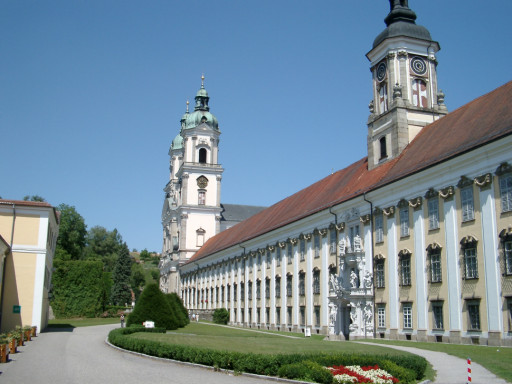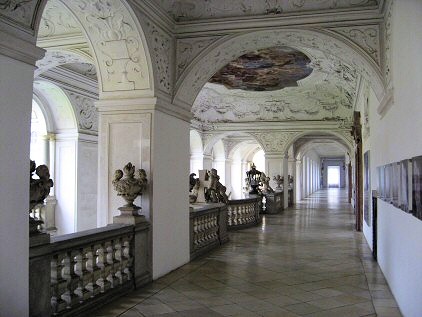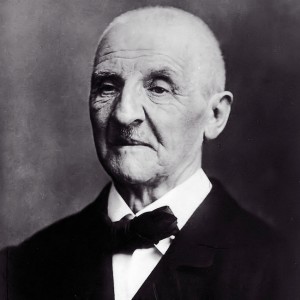Saint Florian lived in Aelium Cetium - today's St. Pölten. In the course of the persecution of Christians under Emperor Diocletian, he was thrown from a bridge into the Enns near Lauriacum (Lorch = district of Enns) in 304 with a stone around his neck.
Above the grave of the martyr Florian, a pilgrimage site gradually developed into a monastic settlement.
The remains of the walls under the collegiate basilica date back to the 4th century. The monastery, first mentioned in writing in the 8th century, suffered severe damage during the Avars and Hungarian invasions. The occupying forces were pushed back again in 955 (Battle of Lechfeld). The monastery was rebuilt in 1071 as an Augustinian canon monastery on the initiative of Bishop Altmann of Passau.
The victory over the Turks near Vienna in 1683 and the thanksgiving pilgrimage to St. Florian undertaken one year later by Emperor Leopold I gave the impetus for the new construction of the church and monastery. Carlo Antonio Carlone (1635 - 1708) and Jakob Prandtauer (1660 - 1782) created a major work of the Austrian High Baroque. The monastery had to serve the emperor as sovereign and reeve, also as an 'imperial palace'. Therefore, apart from the church and the convent, the monastery has a stately entrance, an elegant courtyard, a flight of baroque guest rooms, a magnificent banqueting hall and a rich, stately library.

Here you see the impressive, 200m long western front. We have been to Sankt Florian several times, once by bike as a detour from the Danube cycle path. The photos with a bright blue sky are from this, once in autumn 2007 with the choir of Susi Huber. The sky was rather overcast then. The last time Vreni and I visited the monastery as pilgrims on the Austrian Way of St. James was in August 2011.
Picture from August 2011: On the left side of the agricultural building above the entrance is a magnificent Nepomuk.
The Way of St. James leads past the church and into the cemetery. Via the stairs (entrance portal visible to the left of the church) you come to the Bruckner Symphony Path, which is also the Way of St. James.


a magnificent but not quite winterproof staircase

In the middle of the inner monastery courtyard is a fountain with the Floriani eagle.

(Click for larger image)
The eagle overcomes the snake. The eagle does not only use its powers against the enemy, but also its cunning by grasping the snake with its claws at the neck and holding back its head so that it cannot use its fangs.
The fountain figure embodies the heraldic animal of the monastery and is also a symbol for the patron saint of the order, Augustine.

Staircase and corridor

baroque Banquet hall with a horseman picture of Charles VI

This splendid bed was intended for Prince Eugene, but he never slept in it - nor would I, if only because of possible nightmares.

A look into the library. The ceiling fresco represents the connection between virtue and science.
Anton Bruckner worked in this monastery and he also found his final resting place here.

Collegiate church with Bruckner organ

listener

Anton Bruckner

![]()
The inscription at the entrance to the crypt are words from the Te Deum, which Bruckner has so wonderfully set.
Here Anton Bruckner rests, who, according to his will, wanted to be buried under 'his' organ. - Sorry for the flash, I didn't mean to interrupt.
Behind the Bruckner coffin lie the bones of Christians from Roman times - beautifully smoothed.


Danube Cycle Route
![]() more about
more about


